MLB #44 Paul Vogel celebrates with fellow defenders #45 James Seawright (left) and #85 Carl Hill following a crucial turnover during the 1984 Clemson game. The caption in the article link mentions a TD, but this instead looks like #20 Bryant Gilliard's pick of Clemson QB Mike Eppley's pass to Terrence Flagler for no return during that game.


https://www.miamiherald.com/sports/college/acc/university-of-miami/article4538713.html

https://www.augustachronicle.com/article/20141127/SPORTS/311279921CLEMSON WAS RIDING a four-game winning streak over its in-state rival coming into the 1984 game. While the Tigers had been strong from 1981-83 and feasted on inferior Gamecock squads, the 1980 team pulled off a surprise to upset South Carolina and Heisman Trophy winner George Rogers.
Danny Ford, in his second full season at Clemson, had his team dressed in all orange for the first time. When the Tigers ran down the hill clad from head to toe in the school’s signature color, the crowd went berserk and an inspired Clemson team beat No. 14 South Carolina, 27-6.
That victory gave Clemson a winning season, and the momentum carried over the following year with an undefeated record and national championship that was punctuated by a win over Nebraska in the Orange Bowl.
Three years removed from its best season, Clemson came into the South Carolina game in 1984 with a 7-3 record. Knowing this would be the last game of the year, the Tigers dressed in all orange and hoped it would lead to a second Gamecocks loss. Clemson was 10-0 when wearing the orange pants.
THE SECOND HALF belonged to the Gamecocks. South Carolina sacked Clemson quarterback Mike Eppley for a safety in the third quarter, and Hagler connected on a 41-yard field goal in the fourth quarter to cut Clemson’s lead to 21-15.
South Carolina’s offense had been explosive for much of the season, with quarterback Mike Hold often engineering a big play when he came in the game for Mitchell. But so far Clemson’s defense, led by Aiken native and All-American William “Refrigerator” Perry, had kept the Gamecocks in check.
The Gamecocks got the ball back on their own 16 with just over three minutes left. Now it was do or die time.
After a near interception, Hold found Chris Wade for a 36-yard reception to push into Clemson territory. Two first-down runs moved the ball to Clemson’s 11.
Hold rushed two more times and, thanks to a face-mask penalty, South Carolina had first and goal at the 1. Hold crossed the goal line on a sneak to the right side to tie the game at 21 with 54 seconds left.
Hagler had not missed an extra point attempt all season, and now he faced the most important one of his career. He hooked it to the left, and it looked like the two teams were destined for a tie.
But a penalty had been called - Clemson had 12 men on the field - and Hagler would get another chance. This time it was true, and South Carolina led 22-21.
“That was the season where we got all the breaks a team could get,” longtime announcer Bob Fulton said. “It was just unbelievable.”
Clemson had one more chance, but turned the ball over on downs. The game ended with Hold taking a knee, then offering the football to Perry. He did not take it.
http://gamecockarchives.com/plyrbio_2015.php?rm_id=vogelpa01A standout running back at Eastside High, Vogel was named all-region and all-state in 1979. He started at tailback for three years for an Eagles squad that won the state championship in 1978. Vogel redshirted in 1980 and saw action in 1981 as a reserve linebacker. He started some in 1982, ranking tenth on the team in tackles. A knee injury sidelined Vogel for part of the ’83 season but he still saw significant time while backing up senior Mike Durrah. Vogel took over as the starting middle linebacker for the 1984 season and would go on to lead the team in tackles while earning second team All-South Independent honors. He made some of the biggest defensive plays of that season – against Georgia he recovered a fumble by UGA QB Todd Williams on first and goal at the USC 2 with around two minutes to go in the first half; stopping that scoring drive was critical in an eventual 17-10 USC win. He recovered a Pittsburgh fumble at the Panther five to set up USC’s first touchdown in a 45-21 Gamecock victory. Vogel’s best game however would be at South Bend, as he made 24 tackles in a 36-32 win over Notre Dame. He also picked off a Steve Beurlein pass and stuffed Allen Pinkett for no gain on a fourth down in the final quarter. Vogel went on to spend time in the NFL with Tampa Bay (1985-87) and Houston (1987). He currently lives in Florida.

https://www.miamiherald.com/sports/college/acc/university-of-miami/article4538713.html
Last edited by a moderator:

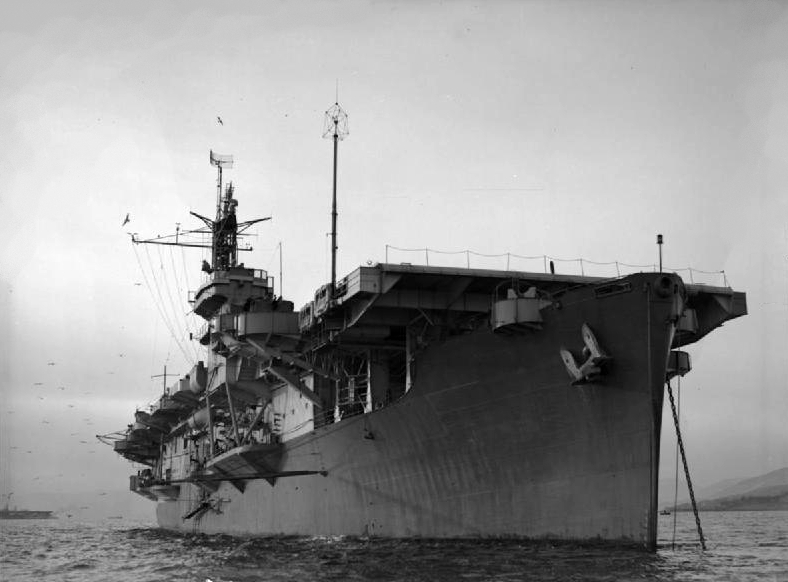
_in_Panama_Canal_1938.jpg)
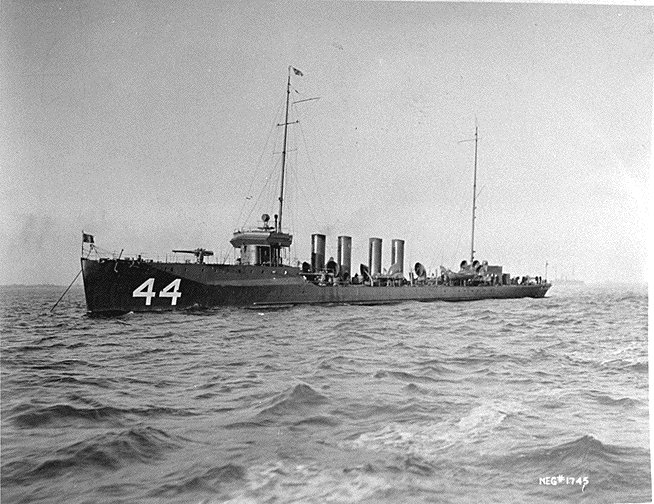
_1987.jpg/1920px-USS_William_V._Pratt_(DDG-44)_1987.jpg)
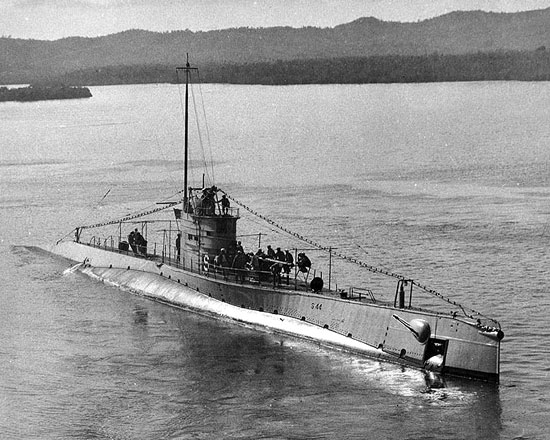
_underway_off_Montauk_Point,_New_York_(USA),_in_July_1944.jpg)

_-_80-G-166187.jpg/1280px-USS_California_(BB-44)_-_80-G-166187.jpg)
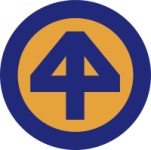

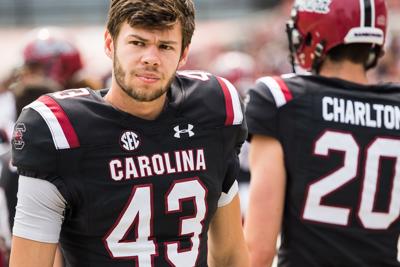


_1943.jpg/1920px-USS_Tennessee_(BB43)_1943.jpg)
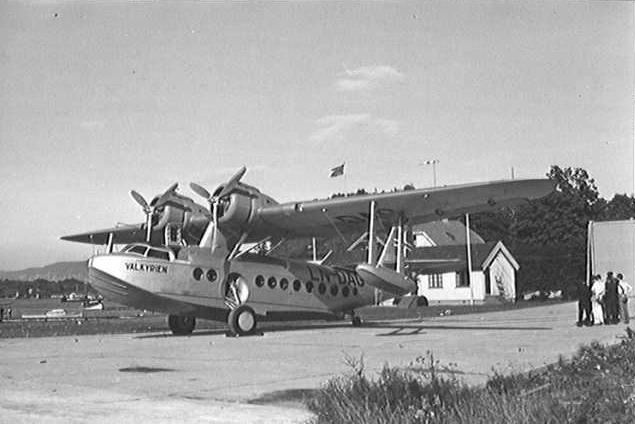
_on_exhibit_in_the_main_hall_of_the_Smithsonian's_Udvar-Hazy_Center.jpg/1920px-Sikorsky_JRS-1_(S-43)_on_exhibit_in_the_main_hall_of_the_Smithsonian's_Udvar-Hazy_Center.jpg)


_at_Queenstown,_Ireland,_circa_1918.jpg)
,_USS_Cassin_(DD-372)_and_USS_Pennsylvania_(BB-38)_in_Dry_Dock_No._1_at_the_Pearl_Harbor_Naval_Shipyard,_7_December_1941_(306533).jpg/800px-USS_Downes_(DD-375),_USS_Cassin_(DD-372)_and_USS_Pennsylvania_(BB-38)_in_Dry_Dock_No._1_at_the_Pearl_Harbor_Naval_Shipyard,_7_December_1941_(306533).jpg)